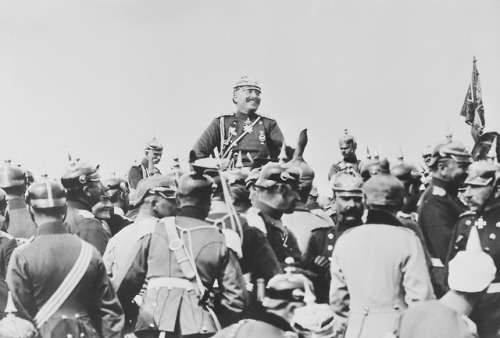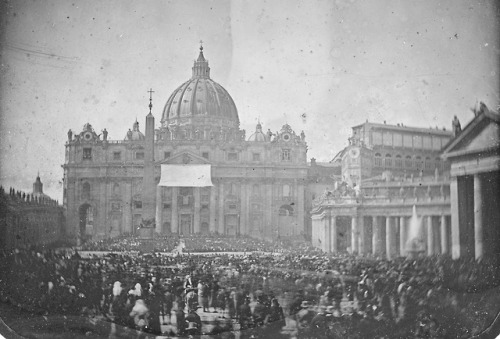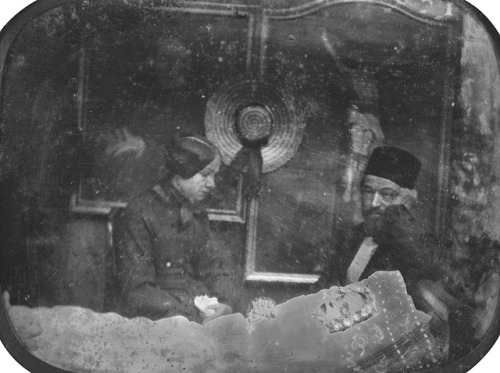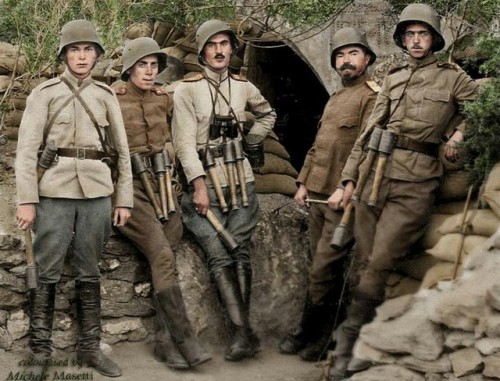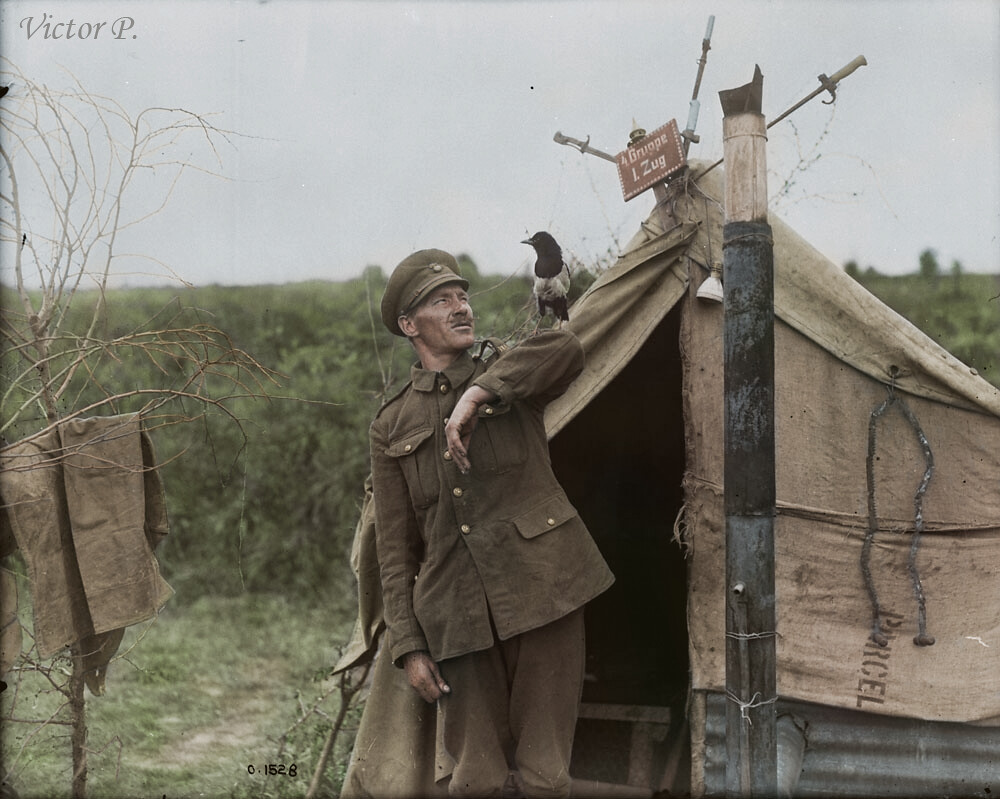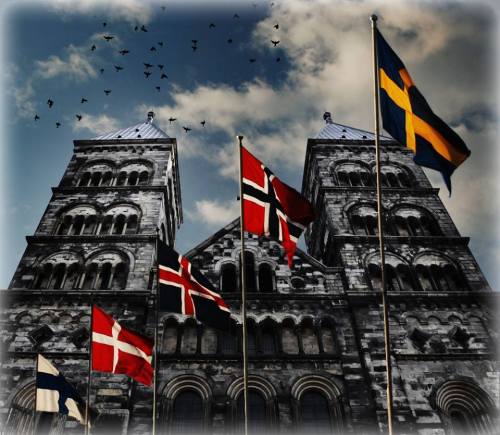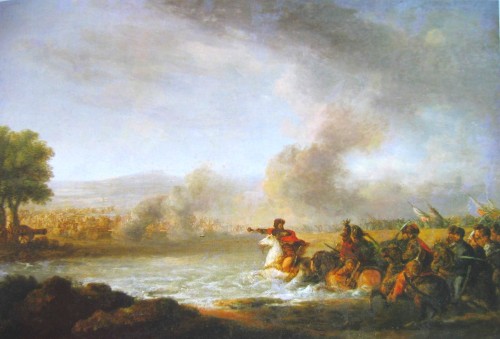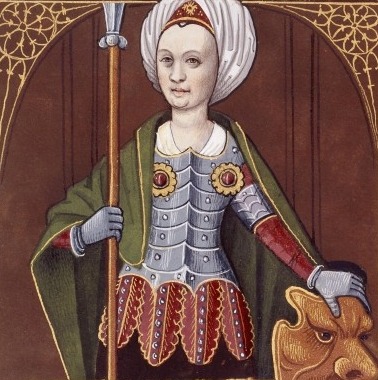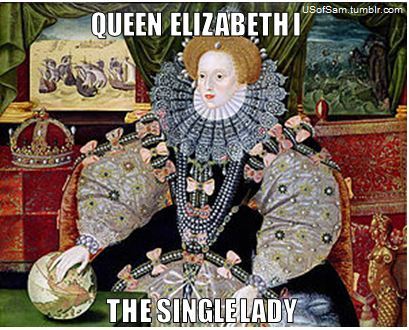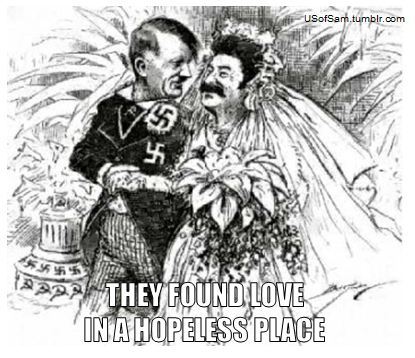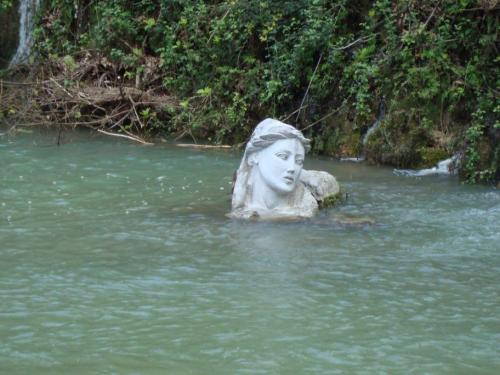#european history
“Battle of Bailleul. Men of the Middlesex Regiment holding a street barricade in Bailleul, 15 April 1918, just before the fall of the town.“ Taken by photographer John Warwick Brooke.
Source: Imperial War Museum.
Post link
Portrait of a young woman identified as Miss Jeanne taken by Belgian photographer Louis Pierre Theophile Dubois de Nehaut, c. 1854-1856.
Source: Metropolitan Museum of Art.
Post link
“The Kaiser, on horseback, photographed smiling and surrounded by his men during the manoeuvres of 1905. This photograph subsequently became a popular propaganda image, identifying the Kaiser with the common soldier.”
Source: Imperial War Museum.
Post link
Daguerreotype view of a crowd in St. Peter’s Square in Vatican City taken by an unidentified Italian photographer in Rome, the Papal States, c. 1845. One of the earliest photographs of Vatican City.
Source: The J. Paul Getty Museum.
Post link
Portrait of an unidentified soldier by Welsh photographer Calvert Richard Jones, c. 1845-1850.
Source: Metropolitan Museum of Art.
Post link
Daguerreotype portrait of two men posing in a street in Rome, the Papal States, 1842. By French photographer Joseph Philibert Girault de Prangey.
Source: Sotheby’s.
Post link
Postmortem daguerreotype portrait probably showing two parents posing with their deceased child, European, c. 1855.
Source: Sotheby’s.
Post link
“Battle of Albert. British troops attacking German trenches near Mametz. 1st July 1916.”
Source: Imperial War Museum.
Post link
Bulgarians on the Salonika front. Note all the hand-grenades they are carrying. The bomb overshadowed the rifle as the preeminent weapon of trench warfare.
Post link
LAHi presents: Seriously Trivial
Leonardo da Vinci and Niccolo Machiavelli once hatched a plan to reverse the current of the river Arno into landlocked Florence from Pisa (which at the time was one of their chief rivals). They planned to do so through a series of canals, redirecting the flow of the river Arno into Florence in order to provide farmers with irrigation and to free Florence from its commercial dependency on Pisa, which used to charge Florentine merchants for the ships that went through it. However, the plan didn’t work out, and eventually the two parted ways. Machiavelli continued on to write “The Prince”, and da Vinci continued to pursue his other endeavours.
Sources:
Masters, Roger D. Fortune is a river: Leonardo da Vinci and Niccolò Machiavellis magnificent dream to change the course of Florentine history. Plume, 1999.
Bramly, Serge, and Sian Reynolds. Leonardo: the Artist and the Man. Penguin, 1994.
Poster by Nic Calilung
Post link
A magpie which has been with a gunner since the Battle of the Somme. July, 1917 by Victor P.
Via Flickr:
Source : www.collectionscanada.gc.ca
History of the Scandinavian Cross Flag (“Nordic Cross”)
According to legend, the flag of Denmark originated during the Battle of Lyndanisse, part of the Northern Crusades, near modern-day Tallinn in Estonia, on June 15, 1219: The battle began when a group of pagans attacked Danish crusaders by surprise, killing Bishop Theoderich von Treyden. King Valdemar II of Denmark was nearing certain defeat when the Archbishop of Lund, Anders Sunesen, raised his arms in prayer to God; suddenly a flag (called the ‘Dannebrog’ in Danish) miraculously fell from the sky; taken as a sign of Christ’s protection, the King took it and showed it to his troops; their hearts were filled with courage and the Danes won the battle.
According to Swedish legend, the flag of Sweden originated when King St. Erik IX saw a golden cross in the sky during the First Swedish Crusade in 1157. He considered this a sign from God and adopted the golden cross on a blue background as his banner.
Regardless of who had the flag first, the cross design, which represents Christianity, was adopted by Denmark, Sweden, Norway, Finland, Iceland, the Faroe Islands, the Åland Islands, Scania, Shetland, Orkney and several other areas around northern Europe.
Post link
The Battle of Warka
On this day, the 7th April, 1656
In 1655 began what has become known as the “Deluge”. This is the term used to describe the Swedish invasion and occupation of Polish Provinces in the before mention year. What began in 1655 was five years of desperation for the Polish-Lithuanian Commonwealth against a European power
At Warburg on the 7th April, 1656 however a Polish-Lithuanian Commonwealth army led by Stefan Czarniecki defeated a Swedish army under the command of Frederick VI, Margrave of Baden-Durlach. Warka began a momentum swing for the Commonwealth which was assisted by Austria joining the conflict on the side of the Commonwealth and by the start of the Dano-Swedish War in 1657.
On the 3rd May, 1660 the Treaty of Oliva was signed bringing to an end the Polish-Swedish War.
This small piece really does little to explain a period which was is in affect a very complex series of interweaving conflicts in which allegiances switch in an instant. The destruction wrought on Poland it has been said was more extensive than occurred in the Second World War. In fact if one reads the numbers on the level of destruction and theft which occurred by the hands of the Swedish troops, it becomes simply jaw-dropping. I would urge those interested to read up more on the subject, it really is fascinating and important.
The image used is entitled:
“Stefan Czarniecki in the Battle of Warka“ by Franciszek Smuglewicz and can be seen in the National Museum in Wroclaw, Poland.
Post link
The marriage of convenience ladies and gentlemen. Damn war really does make strange bedfellows.
Follow this blog for history humor on your dash
Post link
Follow this blog for history humor on your dash
Martin Luther to the Church and Pope Leo X
I’m doin’ this tonight,
You’re probably gonna start a fight.
But I know this is right.
Hey Leo come on,
I loved God endlessly,
When you weren’t there for me.
So now it’s time to leave and make some reform.
I know that they can’t take no more
It ain’t no lie
I’m posting shit up on that door
Leo, bye, bye, bye…
Bye Bye
I’m sick of this Church abuse
Now let’s start thinking like Jon Hus
You may hate me but it ain’t no lie,
Leo, bye, bye, bye…
Bye Bye
Don’t really wanna make it tough,
I just wanna tell you that I had enough.
It might sound crazy,
But it ain’t no lie, Leo, bye, bye, bye
There’s only ninety-five
Just keep the Bible alive
So give me one good reason,
Why this is wrong?
I live for God you see,
So why we gotta disagree?
The Church would be better if your power was gone
I know that they can’t take no more It ain’t no lie
I’m posting shit up on that door
Leo, bye, bye, bye…
I’m sick of this Church abuse
Let’s start thinking like Jon Hus
So I’m leavin’ you behind
Post link
Really guys, I’m almost positive Anne Boleyn sang her last words and these were it ;)
Follow this blog for history humor on your dash
Post link
Ke$ha’s song is actually about the Bubonic Plague– who knew she could be so educational?
Follow this blog for history humor on your dash
Post link

Peter II of Russia on his deathbed
The role of the “Second” in European 17th Century rapier or pistol dueling was actually to discourage and stop the fight.
So there were rules as to who couldandcouldn’t be a second in a duel. No “heathens” could be a Second, as they would be too eager to see Christian blood spilled, and no Irishman could be, either, as they “love fighting too much.”
HERKYNA, (or Hercyna) was the Naiad Nymph of the stream Herkyna near Lebadeia in Boiotia (central Greece). She was a childhood companion of Persephone, and a goddess of the chthonian shrine of Trophonios.
Post link




